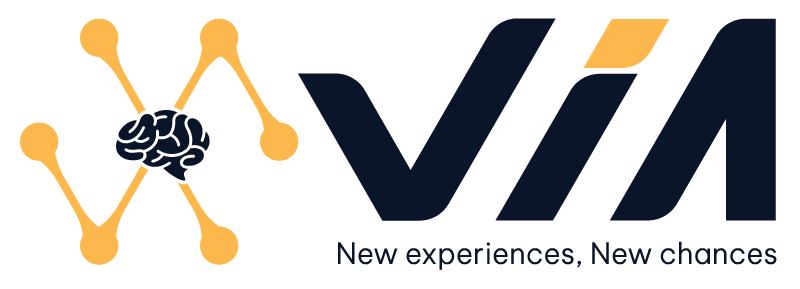Cutting-edge IoT and microservice-based platform

Water infrastructure plays a critical role in environmental resilience and public safety, especially in flood-prone areas. The MECHIS (Malaysia’s Electronic Centralized Hydrological Information System) project developed for the Department of Irrigation and Drainage (DID), modernizes national water-level monitoring through a cutting-edge IoT and microservice-based platform.
With over 2,000 remote terminal units (RTUs) deployed across the country, MECHIS allows for real-time data collection, smart alerts, GIS-based asset management, automated maintenance workflows, and deep operational analytics.
Partner with VIA for Your Next Smart Infrastructure Project
VIA delivers enterprise-grade IoT platforms, real-time data solutions, and intelligent operations software for governments and utilities. Our expertise in microservices, cloud, and connected systems helps transform critical infrastructure into smart, responsive ecosystems.
Contact Us
Key Objectives
❓ Connect to 2,000+ RTUs to collect water level and environmental index data.
❓ Monitor threshold breaches and trigger real-time alerts via Telegram and SMS.
❓ Manage all RTUs, stations, maintenance plans, vendors, and contracts on a unified platform.
❓ Provide dashboards, maps, and flexible reporting tools.
❓ Build a scalable and resilient architecture that supports national-level operations.
Architecture & Technology Stack
To meet the complexity, scalability, and performance requirements, VIA designed MECHIS using a modern microservices architecture and best-in-class technologies:
Microservices Architecture
The system is decomposed into independently deployable services (e.g., Data Ingestion, Alerting, Reporting, Maintenance Management, GIS Visualization).
This enables:
-
High availability
-
Independent scaling
-
Fault isolation
-
Agile development and updates
Technology Stack
| Technology | Purpose |
|---|---|
| Kafka | Message broker to ingest real-time water-level data from RTUs and stream it to internal services reliably and asynchronously. |
| PostgreSQL | Used for relational data like stations, users, contracts, tickets, vendors, and scheduling. Includes GIS support with PostGIS. |
| MongoDB | Stores semi-structured and flexible data, such as sensor metadata, alert configurations, and device logs. |
| Elasticsearch | Provides fast search and analytics, powering dashboards, filtering logs, and querying large volumes of historical sensor data. |
| Splunk | Enables system-wide log monitoring and security analysis, ensuring observability, audit trails, and proactive troubleshooting. |
| RESTful API | Standard API layer for web interfaces, external integrations, and mobile apps. All CRUD operations and user interactions go through this. |
| gRPC | High-performance RPC framework for low-latency service-to-service communication, such as alert propagation and ticket updates. |
| RTSP | Supports video stream integration for camera-enabled stations, letting users view water level footage in real time. |
| FTP | Used for legacy RTU data upload, particularly from manufacturers or third-party equipment providers. |
Platform Features
✅ RTU Integration & Data Collection
-
Supports both modern and legacy RTUs through FTP, REST API, and MQTT-style ingestion.
-
Water levels, temperature, turbidity, and custom indexes are streamed continuously.
✅ GIS-Enabled Station & Asset Management
-
Visualize every RTU and station on a live interactive map.
-
Drill down into station metadata, RTU health status, and maintenance history.
✅ Real-Time Alerting & Notification System
-
Define thresholds and receive instant alerts via Telegram and SMS.
-
Alerts are deduplicated and tracked in dashboards for follow-up.
✅ Maintenance & Vendor Management
-
Track contracts, trouble tickets, jobs, and vendors end-to-end.
-
Assign work orders, monitor execution, and automate job reporting.
✅ Dashboards & Reporting Engine
-
Built with Elasticsearch and PostgreSQL for fast, dynamic reporting.
-
Filter by station, region, alert type, vendor, or timeline.
Results
Since deployment, MECHIS has achieved:
❤️ Nationwide coverage of hydrological monitoring across 2,000+ connected stations.
❤️ Rapid emergency response enabled by real-time alerts and predictive maintenance.
❤️ Centralized management of maintenance, assets, and vendor contracts.
❤️ Transparent reporting and audit readiness through analytics dashboards and Splunk log monitoring.
❤️ Operational agility via modular microservices that support future expansion (e.g., flood modeling, satellite imagery).






